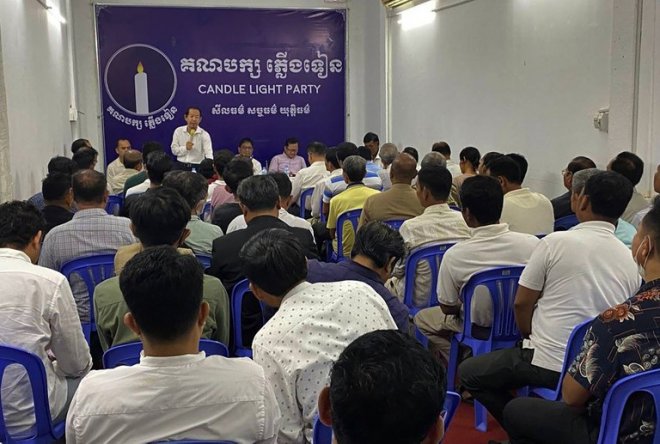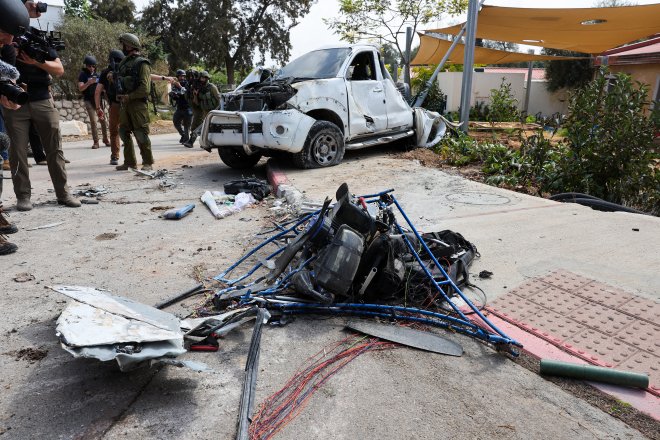Tibetan Buddhists traveling to Lhasa on pilgrimages face new hurdles
Tibetans heading to the capital of Lhasa for pilgrimages or for other reasons must obtain a permission letter from a local official assuring that the traveler will not instigate or participate in any protests that would disrupt social order, Tibetans inside the region said.Many Tibetan Buddhists travel to Lhasa, which has a population of about 560,000, to visit the major religious sites such as the Potala Palace, Barkhor Street, Jokhang Temple and Norbulingka Palace.
The journey is often made on foot to accumulate good karma — a belief that the sum of a person"s actions will decide their fate in future incarnations.
In 2018, Chinese authorities tightened restrictions on Tibetans traveling to Lhasa from other parts of the Tibet Autonomous Region and from Tibetan-majority areas of Chinese provinces for pilgrimages. They made Tibetans obtain a special permit to travel to the capital of the Tibet Autonomous Region.
But beginning this year, Tibetans must fill out a separate application form from a local official and submit it to an office in Lhasa, and a resident of the city must provide assurance that the traveler will not engage in protests.
Beijing views any sign of peaceful protests and self-immolations as acts of separatism, threatening China’s national security.
Authorities told a group of Tibetans who went on a pilgrimage to Lhasa from Kyungchu county of Ngaba, a Tibetan region in the southwestern Chinese province of Sichuan, to register their names in an office in the Tibetan capital, said one of the sources who declined to be named for security reasons.
But since they didn’t know anyone in Lhasa who could [vouch] for them, they were not able to book hotels and had to turn back, he said.
“Actually, one must obtain a permit letter from their respective county or village office to enter Lhasa beforehand,” the source said. “And then, once you get that, you need a resident in Lhasa to verify that you will not engage in any sort of riots.”
Lhasa residents who verify a traveler must sign a document upon the latter’s arrival in Lhasa, he added.
Discriminatory practice
The new security process for Tibetans began after COVID-19 restrictions were eased, he said.
A few Tibetans traveling from Ngaba, Ngakrong and some other parts of Qinghai were forced to return since they did not know anyone in Lhasa to sign for them,” the source said.
Another Tibetan source from the region, who also declined to be identified for safety reasons, said the change is another way that China has stepped up its repression of Tibetans.
“If you are Chinese, you can just show your identity card to enter Lhasa, but for Tibetans, the Chinese government has leveled up their restrictive tactics and implemented an extra process,” he said.
If a Tibetan has been involved in anti-China political activities in the past or appears suspicious, then authorities make it very difficult for them to enter Lhasa,” he added.
Chinese authorities have placed a growing number of restrictions on Tibetans in or entering Lhasa and increased police presence there since 2008. In March of that year, police violently suppressed peaceful Tibetan protests, which led to the destruction of Han Chinese shops in the city and deadly attacks on Han Chinese residents.
The event sparked a wave of demonstrations against Chinese rule that spread into Tibetan-populated regions of western Chinese provinces. Security forces quelled the protests and detained, beat or shot hundreds of Tibetans.
Translated by Tenzin Dickyi for RFA Tibetan. Edited by Roseanne Gerin and Malcolm Foster.
[圖擷取自網路,如有疑問請私訊]
|
本篇 |
不想錯過? 請追蹤FB專頁! |
| 喜歡這篇嗎?快分享吧! |
相關文章
AsianNewsCast























